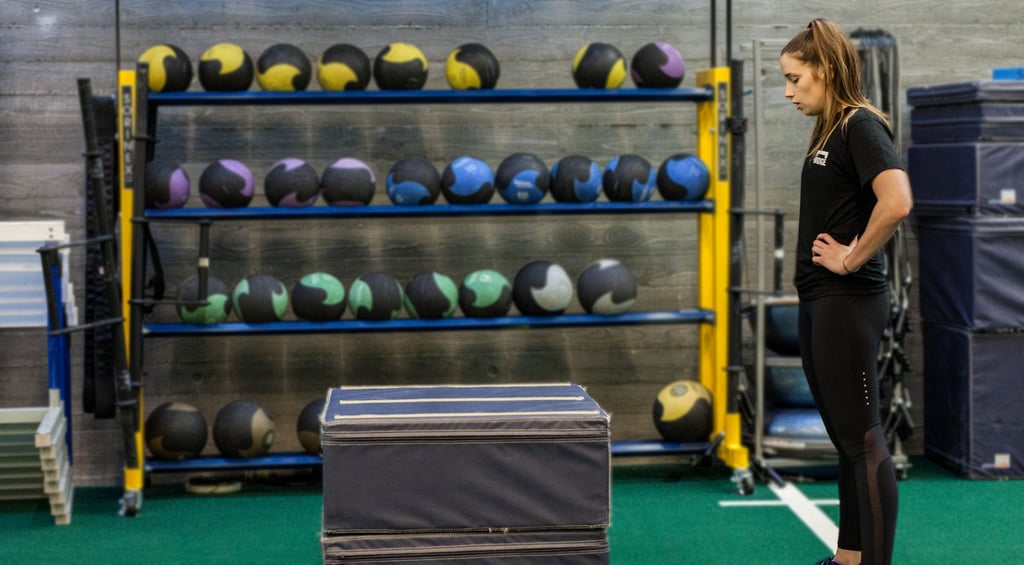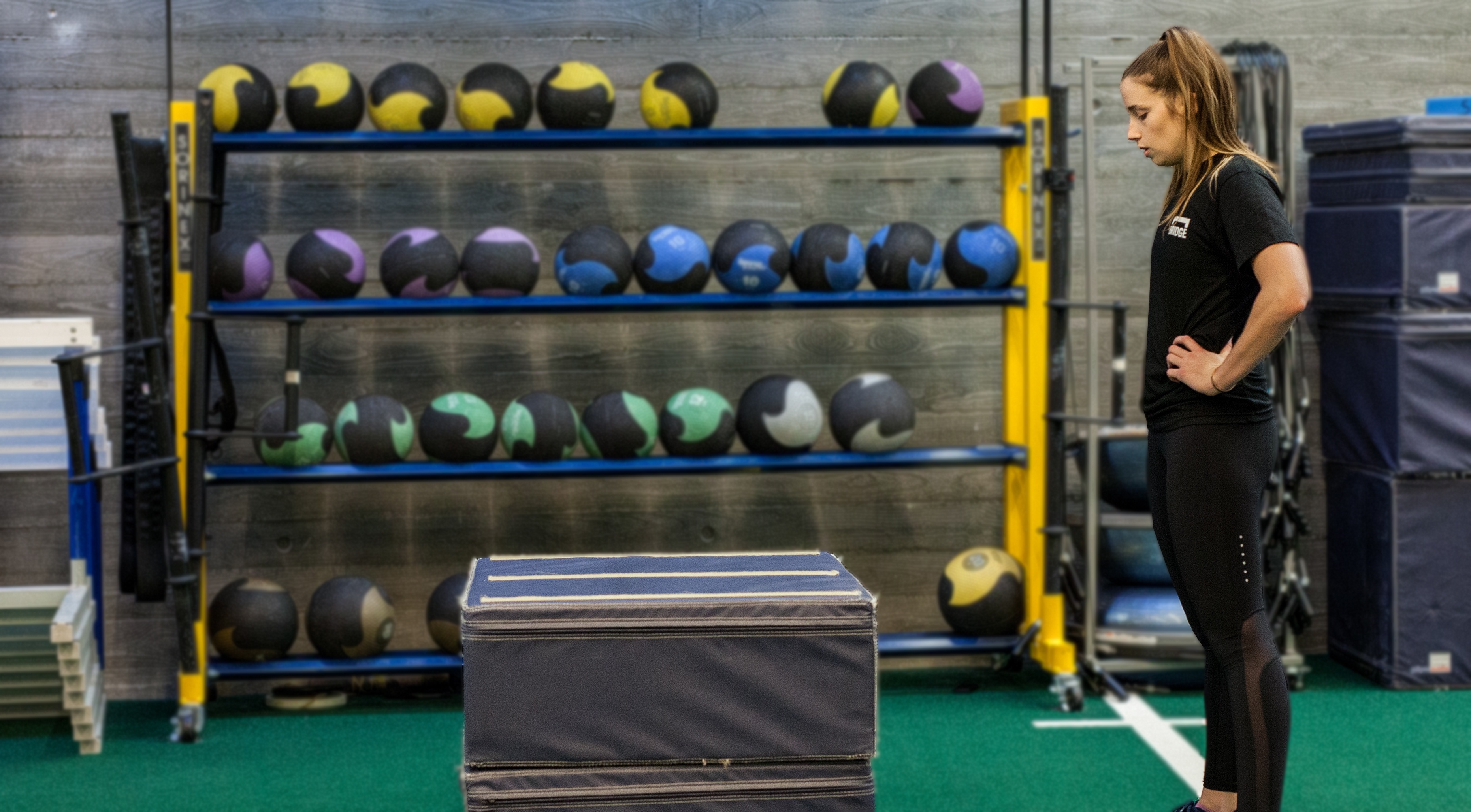Designing a Strength Program With Minimal Equipment
 Many athletes and teams have limited or no access to a weight room or simply do not emphasize weight training for a variety of reasons. Check out this article to learn why strength training is crucial for athlete development and performance. Designing a strength program with minimal equipment is definitely possible and is a great way for athletes to build and mantain strength.
Many athletes and teams have limited or no access to a weight room or simply do not emphasize weight training for a variety of reasons. Check out this article to learn why strength training is crucial for athlete development and performance. Designing a strength program with minimal equipment is definitely possible and is a great way for athletes to build and mantain strength.
Resistance Tools
For resistance exercises, therabands and resistance bands can challenge the athlete to maintain form while keeping the band extended. Easily stretched bands can be used for injury prevention exercises for joints like the shoulder, knee, and hip. Thicker bands should be used for strengthening larger muscle groups in both the upper and lower body. Athletes can securely fasten the band around a tree, pole, or their own body to create the element of resistance.
The Resistance Band External Rotation is an excellent exercise to strengthen the rotator cuff muscles, which are important in shoulder stability and injury prevention.
The Band Reverse Lunge to Overhead Press is a great lower-extremity strength and upper-extremity stability exercise that can be performed with just a band and bodyweight.
Bodyweight
Bodyweight strength training can be extremely useful if the athlete incorporates exercises that are sufficiently challenged. Using equipment like TRX straps, stability balls, and cushioned boxes, helps athletes improve whole body strength and stability. TRX straps are useful for various suspension exercises, including upper body rows, knee tucks, and pikes. Stability balls provide athletes with unstable surfaces that challenge their stability while they perform exercises.
The TRX 3-Way Row is a simple exercise that can performed with three different grips to isolate separate muscle groups while performing the same movement.
The Stability Ball Decline Pushup is an example of stability balls and a variation of the classic bodyweight exercise.
Free Weights
Designing a strength program with free weights such as dumbbells and medicine balls are great assets to weight training. Ultimately, learning strength exercises with free weights can be a great intermediate step prior to formal weight training and can be done without access to a weight room. It will also solidify the athlete's technique before progressing to heavier loaded exercises down the road. Medicine balls can be launched at a wall or to a partner to develop explosiveness, arm strength, and core strength. Free weights create greater resistance during squats, lunges, dead lifts and other lower body exercises and can be integrated into core training.
The Medicine Ball Chest Pass is a dynamic chest strength and core stability exercise.
The Dumbbell Squat will further strengthen an athlete's lower-extremities and core as well as increase flexibility.
Recap
The use of resistance aids, an athlete's own bodyweight, and some basic free weights are valuable tools for athletes to strength train without access to a weight room. Designing a strength program with minimal equipment is very doable! To learn more about designing a strength program check out this article.
About the Author

At Bridge, we are all athletes and coaches first. As athletes, our team has experienced everything from riding the pine on JV, to winning NCAA championships, to competing in the Olympic Games. As coaches, we have helped countless athletes reach their full potential, winning everything from age group section championships to Olympic Gold Medals.
Related Posts

The Best Bench Press Variation You’re...
This post is part of our Coaches Corner series with Taylor Rimmer. Taylor is NSCA-CPT, StrongFirst...

Does Powerlifting Harm Heart Health?
A recent study has discovered that a 12-week supervised strength training program (SSTP) may result...
-1.png)
Barefoot Running: Is It For You? |...
Run Free: Consider Less Cushion
Updated October 2020:
With more athletes looking for ways to...


